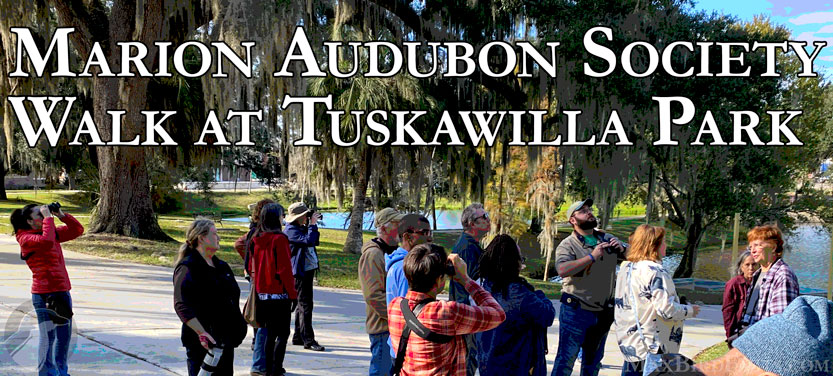On November 25th, 2023, I led a birding walk for the Marion County Audubon Society at Tuskawilla Park in Ocala, Florida.
I’ve led and helped with several walks for Marion Audubon, but this was my first at Tuskawilla. I’ve birded here several times and would come to the park during my lunch break while working as an office assistant for a local realty agency in high school.
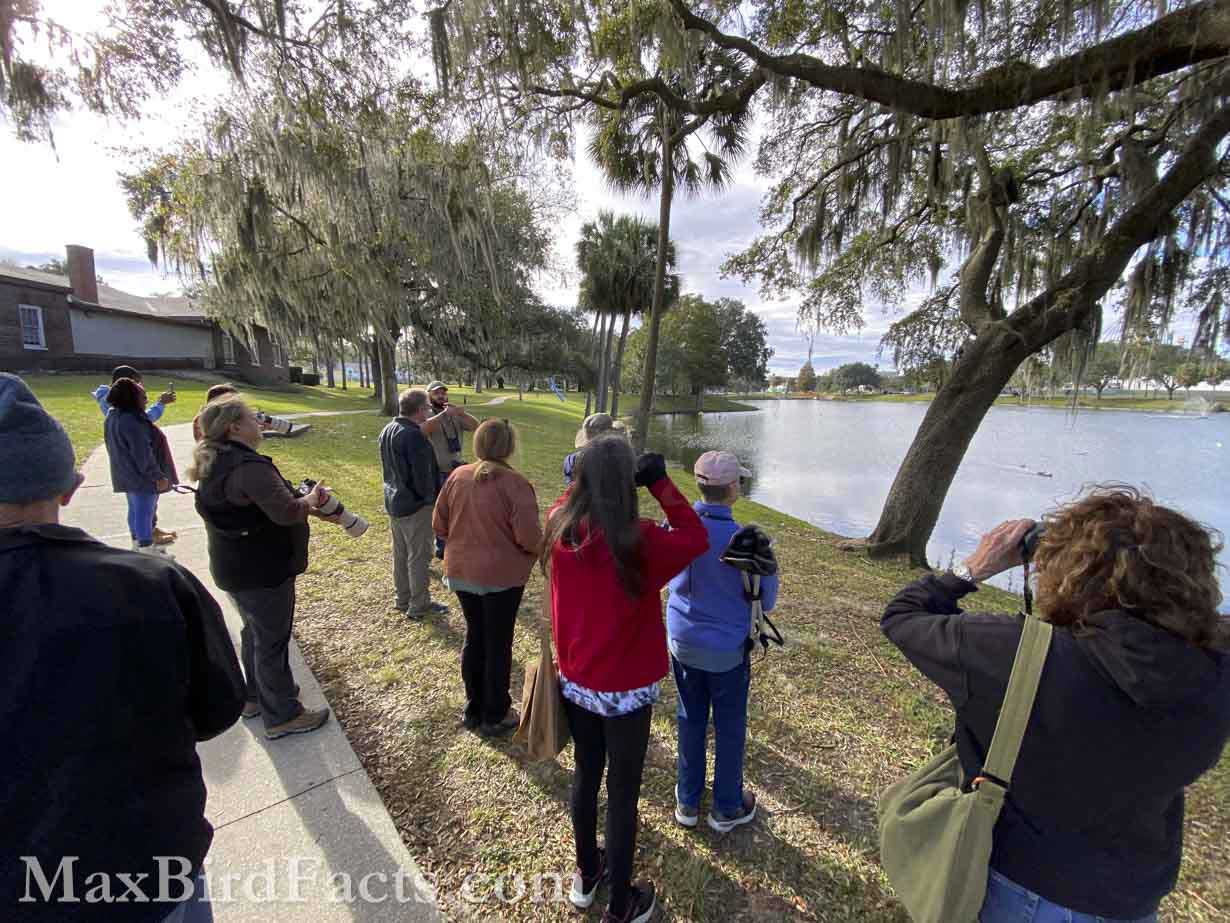
Tuskawilla Park
Situated just over half a mile northeast of Ocala’s downtown square, Tuskawilla Park is one of the most accessible birding locations in the area. According to eBird, Tuskawilla holds 131 species from a total of 498 checklists as of writing.
The park contains two primary bodies of water that Double-crested Cormorants, Anhingas, Wood Ducks, and wintering American White Pelicans swim and hunt in. Gorgeous oaks that songbirds bounce around cover the grassy lawns, and sculptures decorate the park with clever and intriguing art.
The first body of water, Lake Tuskawilla, is surrounded by trees that offer excellent chances for birds to perch in or sit in the shade. A short bridge splits this lake on its south end, creating a small pool many ducks like to hide in.
The second pond is on the park’s west side and is almost entirely exposed. This side is where the pelicans prefer, though they will go to the more central lake occasionally.
Great Blue Herons, Snowy Egrets, and White Ibis stalk the shores and lawns of the park for insects, reptiles, and anything else they can spear or probe. Shorebirds, like Spotted and Semipalmated Sandpipers, also work the small bands of sandy shore when the water levels are low.
The trees surrounding Lake Tuskawilla are fantastic for dozens of songbird species. During migratory seasons, I’ve seen a male Black-throated Blue Warbler, a Blackpoll Warbler, several American Redstarts, Northern Parulas, and many others.
In the summer, Great Crested Flycatchers hawk flying insects around the park, while Eastern Phoebes take up this role during the cooler months. Pileated Woodpeckers are another fairly common sight at Tuskawilla, hammering into palm and oak trees for insects.
With all this in mind, our eighteen-person group met at the picnic benches near the playground at 9:00 AM and set off to see what we could find!
Birding Walk
Starting at the northeast end of Lake Tuskawilla, we quickly began to pick up species.
Belted Kingfishers shot across the lake, making their iconic rattling calls while Anhinga heads popped up like submarine periscopes. Muscovy Ducks, native to Central and South America, have turned Tuskawilla into their home and are a ubiquitous sight.
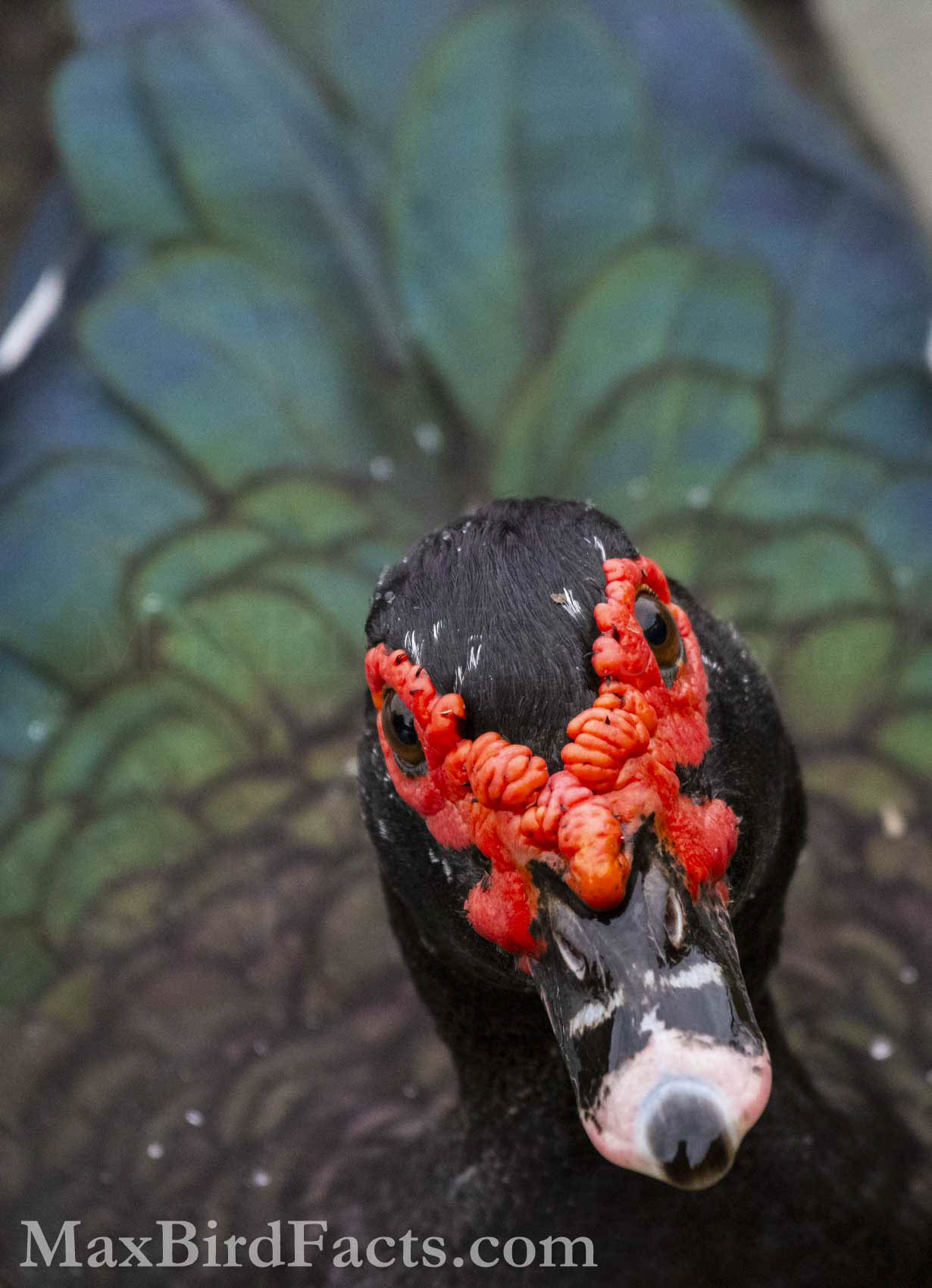
I spent some time at the beginning talking about these species, particularly the way to tell an Anhinga apart from a Cormorant. If you want to learn more about this in detail, check out my article: Anhinga vs. Cormorant — Snakebird or Sea Raven?
Regardless, the main difference to look for is the bird’s beak. If the beak is straight as an arrow, it’s an Anhinga; if the beak is curved, it’s a Cormorant.
Remember, A for Arrow, A for Anhinga; C for Curved, C for Cormorant.
While making these remarks, an Anhinga came out of the water with a fish speared on the end of its bill!
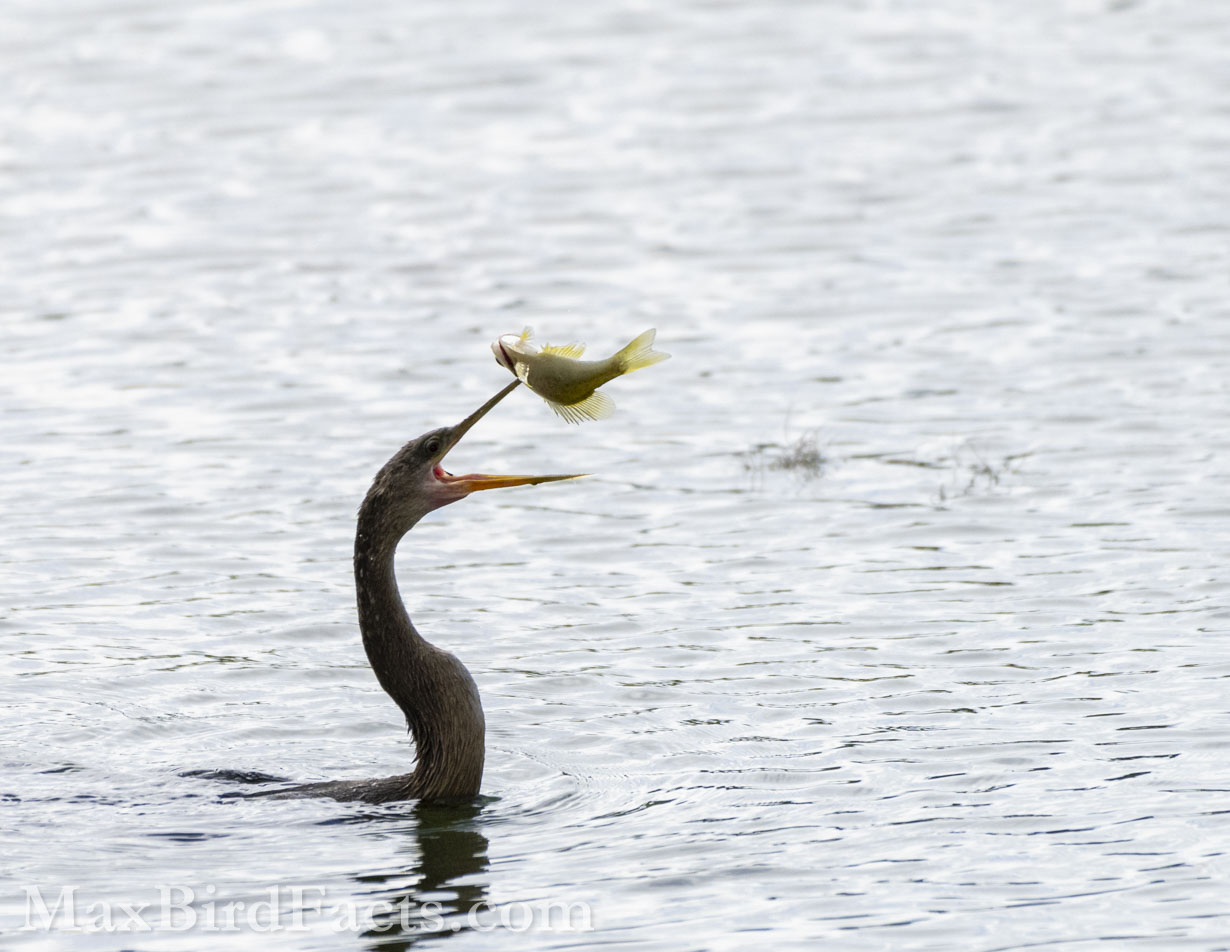
While the snakebird worked, I explained how it hunts by chasing down fish underwater, stabbing them with its beak, and finally tossing them in the air before swallowing them head-first.
After this exciting encounter, we continued the walk until we spotted a Wood Stork resting on the ground.
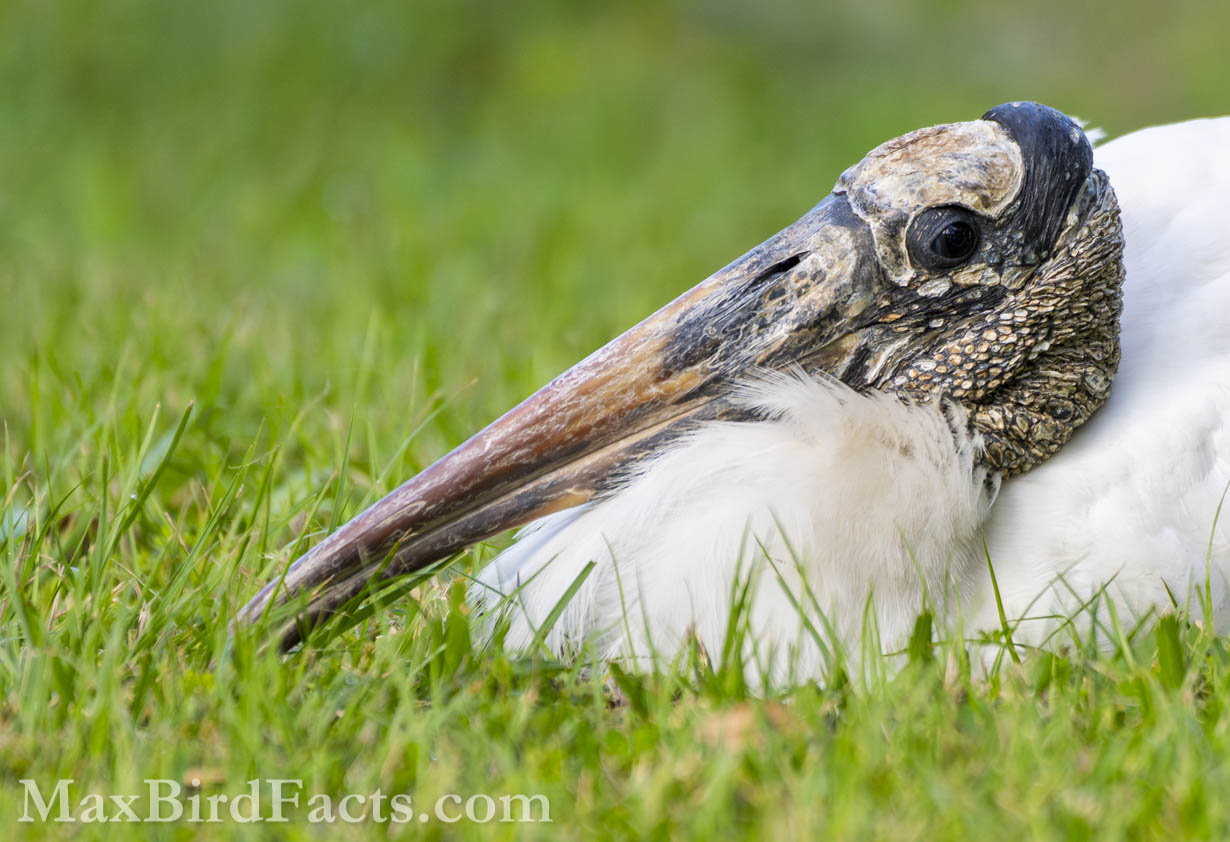
We talked about this beautifully odd bird for some time before it stood up and shuffled into the sun. After this short walk, the Stork tucked one leg into its body and settled into the warm sunlight.
A few questions were asked about this, and I explained how the bird was pulling its leg into its feathers for insulation.

Many species of birds with long legs use the exposed skin to help regulate their body temperature, where they lose heat to the environment by exposing their legs and conserving heat by hiding them.
While presenting this, I noticed some movement in a younger oak a few yards back from where we were, and I walked to it and started to pish.
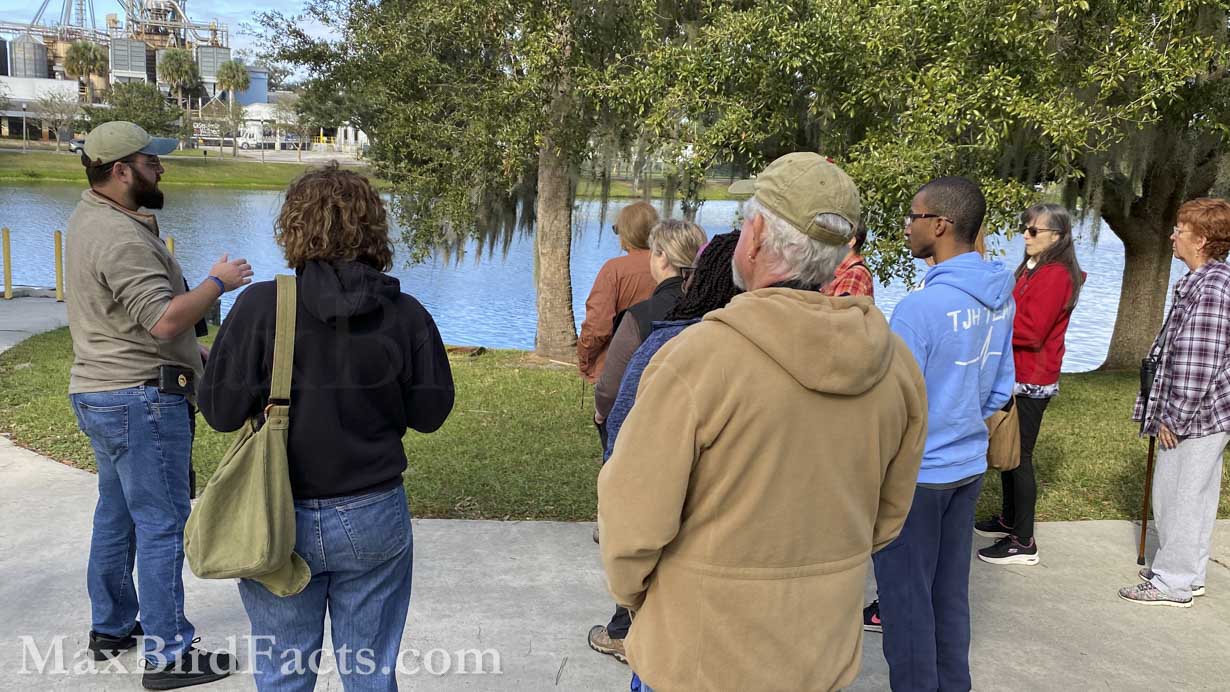
I clarified what I was doing, trying to mimic a scolding call to attract other birds to check out what the commotion was about, and a hoard of Blue-gray Gnatcatchers started buzzing around the tree.
These tiny songbirds were the perfect example of how pishing works, and as I continued to work the tree, several other species began to arrive.
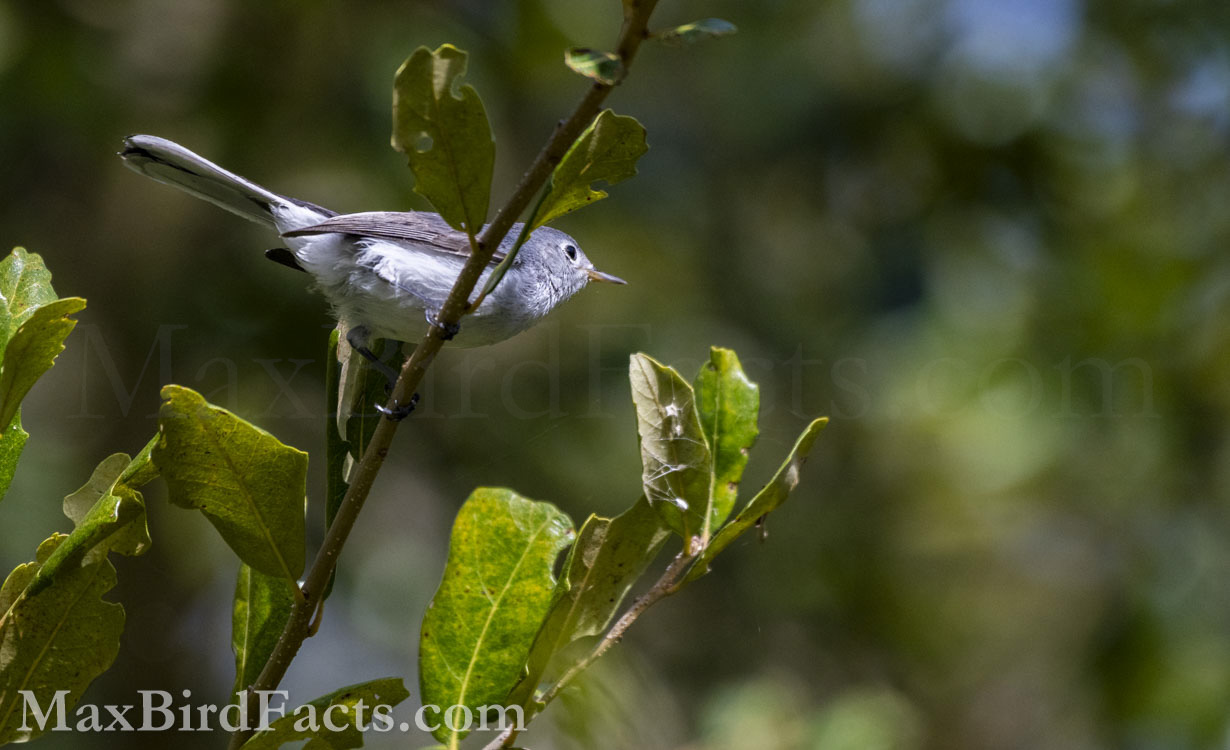
A Blue-headed Vireo, Black-and-white Warbler, Carolina Chickadees, and Palm Warblers all emerged in the branches around us.
After several minutes of pointing these out and snapping a few images, we continued to the bridge on the lake’s south end.
Here, a very defiant female Anhinga allowed our group a respective closeness so everyone could get a good view of her maroon-red eyes and warm brown head and throat.
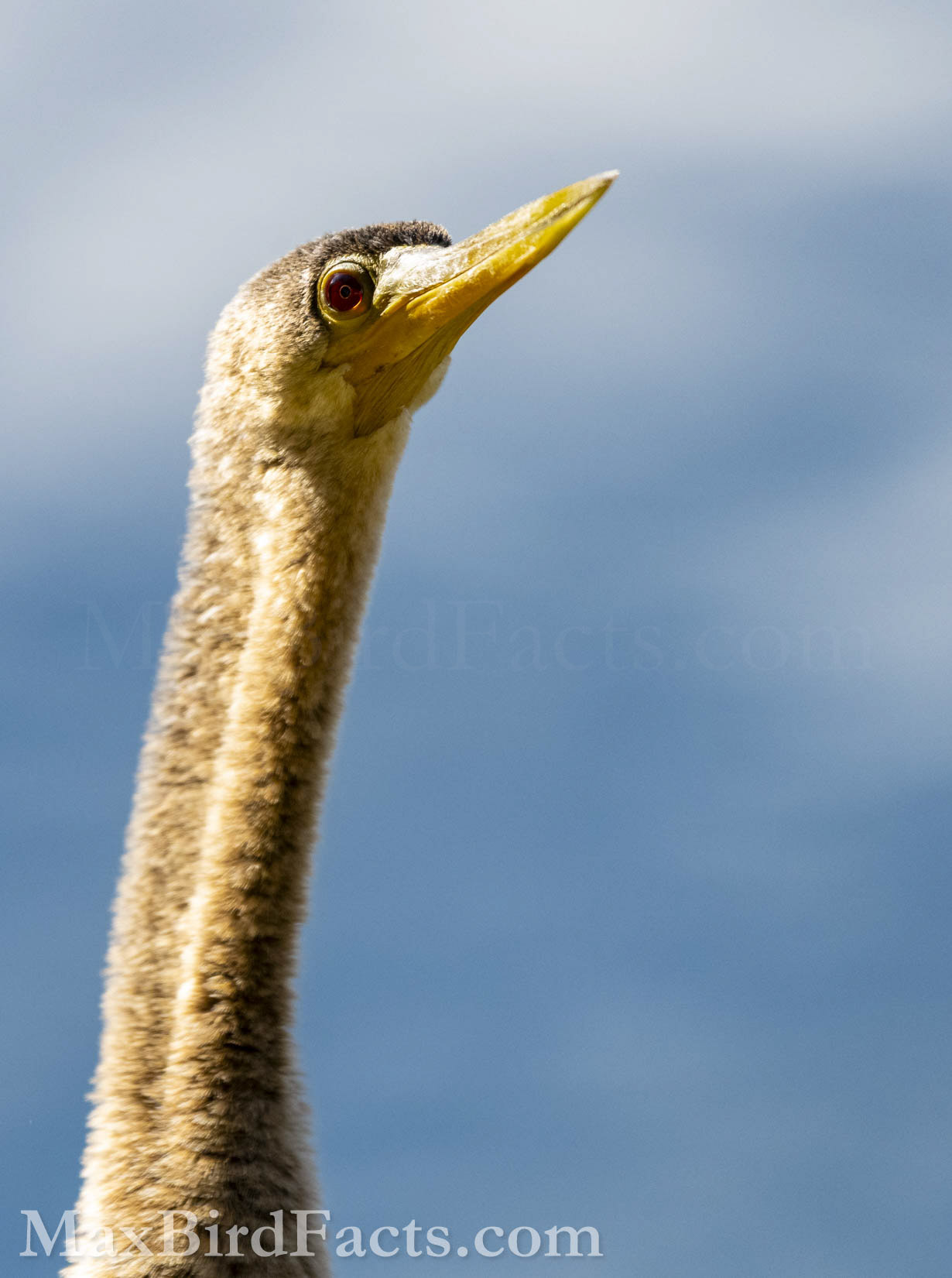
After a minute or so, the Anhinga grew tired of entertaining us and few off grunting her annoyance.
However, just after making it onto the bridge proper, a Belted Kingfisher decided to show off her hunting prowess to our group.
She first flew to the small connected pond at the park’s southernmost tip and hovered perfectly still about thirty yards from us. Then, she dove into the water, popped up with a fish, and flew to a branch on the shore to eat.
Not even a minute later, she flew back out to the smaller pond, began to hover, changed her mind, flew right over our heads, and hovered over the lake.
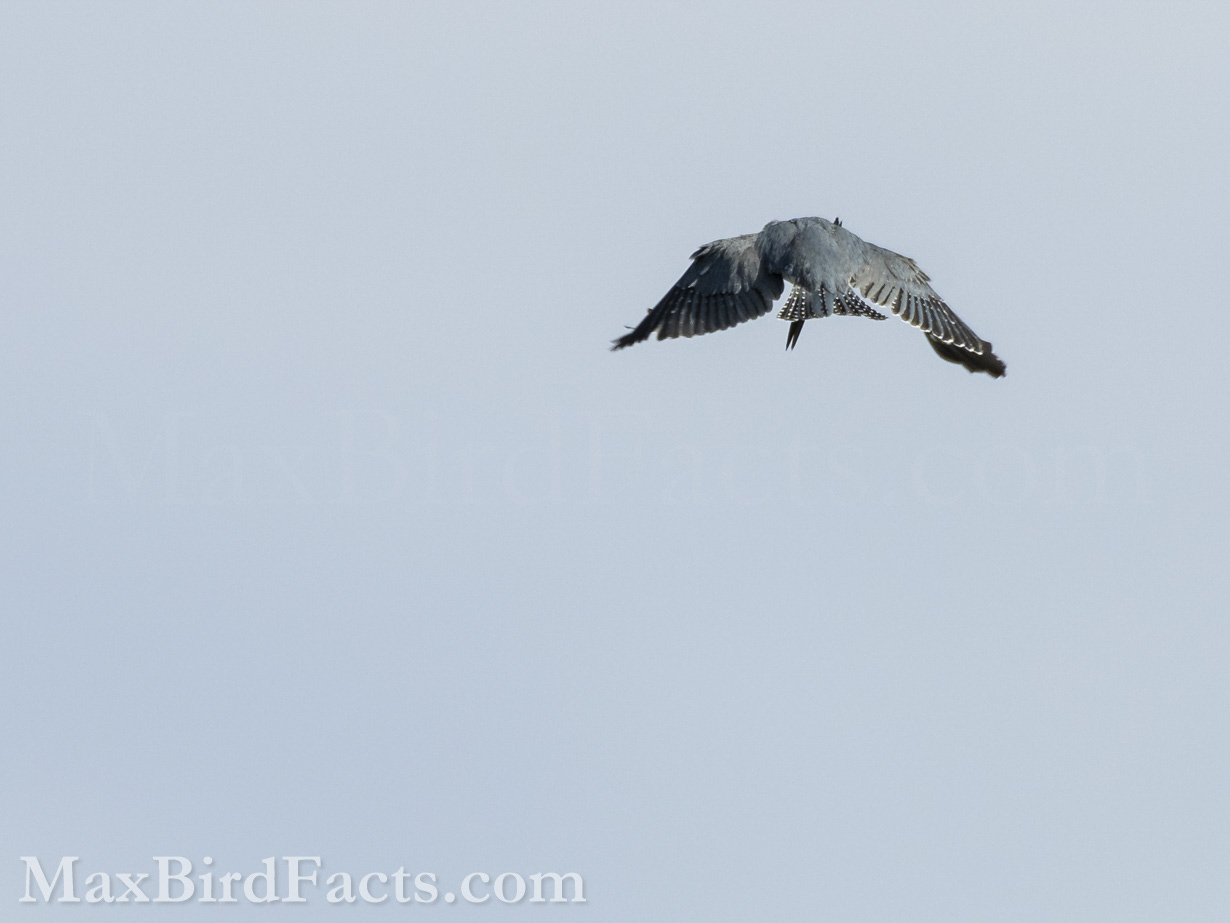
Again, she was no farther than thirty yards when she dove and produced another fish from the water, this time rattling as she flew to her perch.
After this spectacular example, we walked to the opposite end of the bridge and stopped to listen for any calls from nearby trees.
I recognized the sharp, clear cherp of a Yellow-throated Warbler. After a few seconds of pishing, this little songbird started to work its way down from the canopy and became slightly more visible.
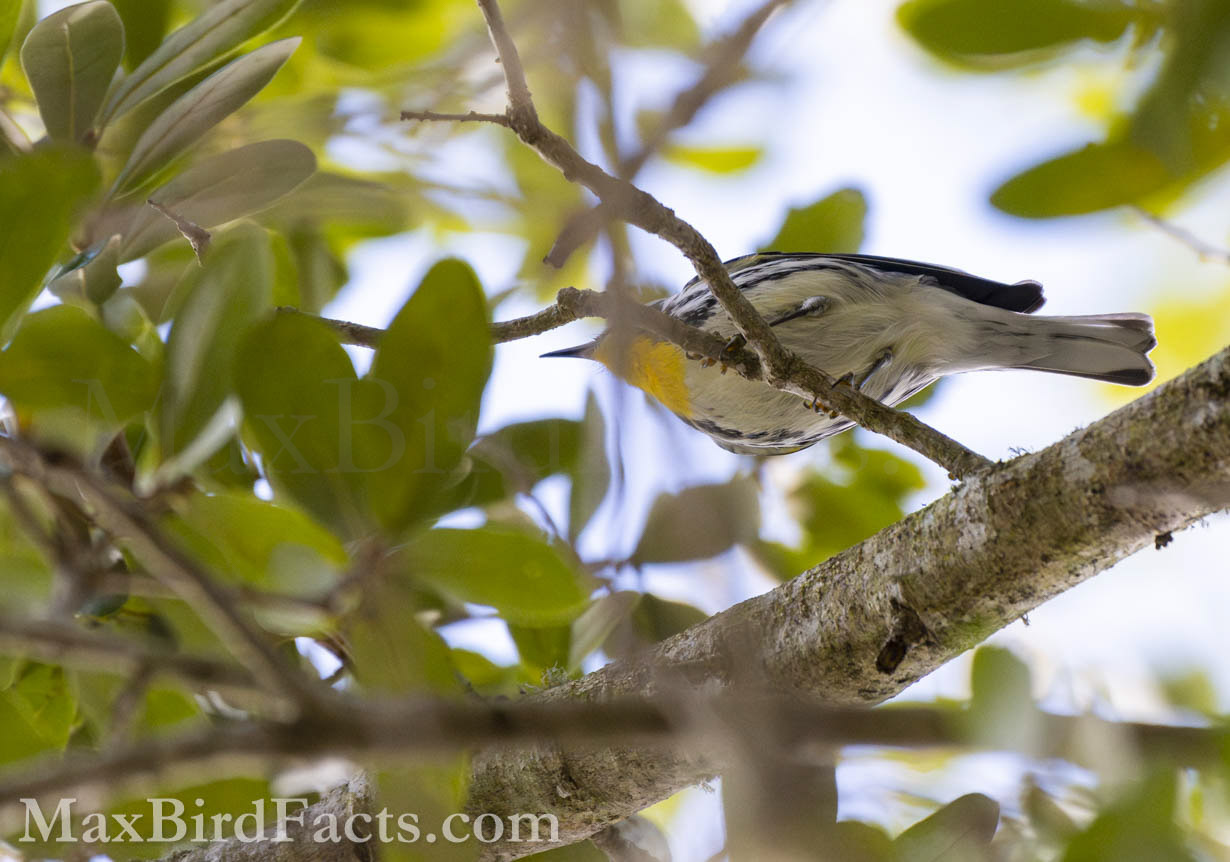
Using a laser pointer, I trained the dot on a branch just below the Warbler so our group could all see where it was.
I explained that this was the more common subspecies (Setophaga dominica dominica/stoddardi), where the lores are yellow closer to the beak, compared to the nearly pure white lores on the rarer subspecies (S. d. albilora). Lores are the feathers between the base of a bird’s beak and its eyes.
While the Warbler bounced around the branches, I continued to pish and scan the leaves with my binoculars until I saw a Northern Parula’s bright yellow throat and breast.
At first, I didn’t think much of this songbird being at Tuskawilla since they are a common sight during most of the year. However, when I entered it into eBird, I was returned with a Rare Bird Alert warning.
Northern Parulas are spring and summer visitors to Florida and travel to the Caribbean and Mexico for the winter, so this male bird remaining until late November was unusual.
After seeing this, I announced to our group that anyone with a camera should try to get a clear photo of this rare bird to prove we saw it.
I pished for a few seconds more, and the curious Parula came down a few feet more and posed for just long enough for me to get focus and make a clear image of it.
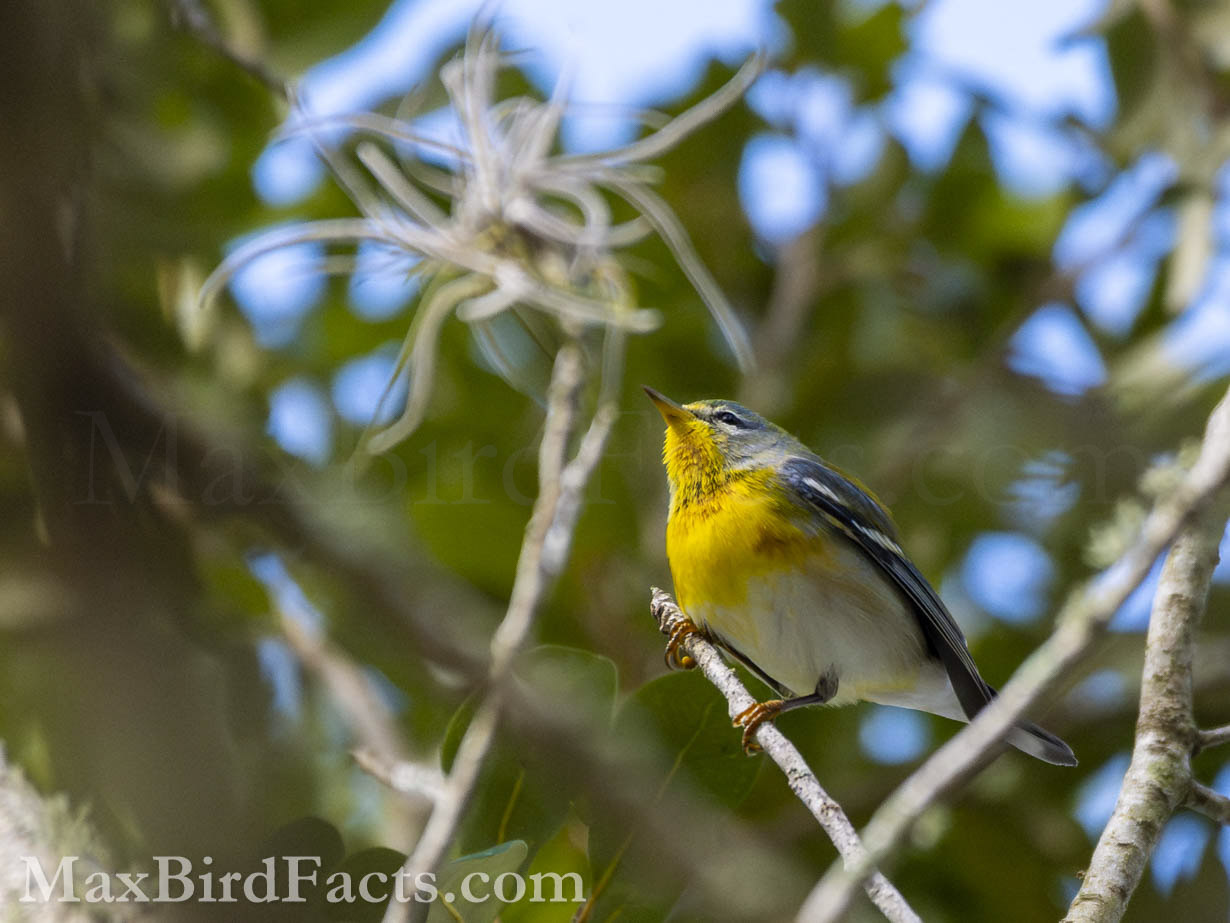
With the photo secured and making sure the rest of the group saw our rare bird, we continued down the sidewalk. Now, heading north, we crossed the street to walk with the smaller western pond to our left.
Here, we had a nice look at Mallard and Mottled Ducks, and I took some time to explain the differences.
Male Mallards have bright green heads, while Mottled Ducks have soft brown heads contrasting their darker bodies. Male Mottleds also have a bright yellow bill that is a good tell from the similar-looking female Mallard, who has a dirty orange beak.
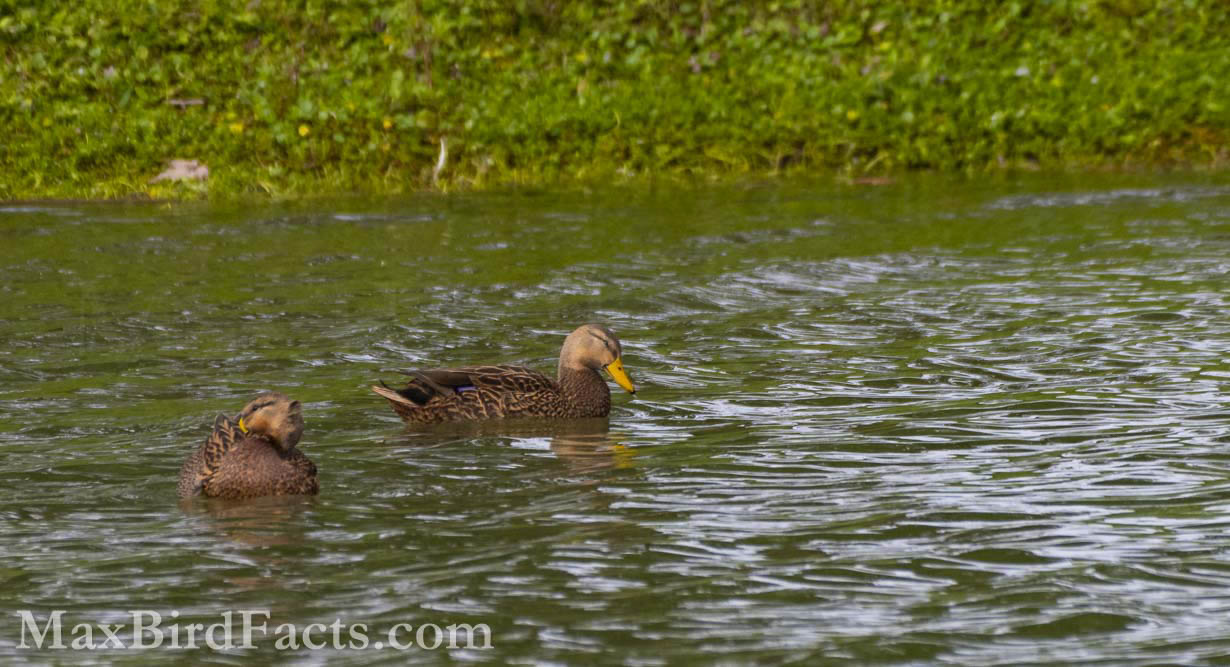
I also explained that these two species hybridize frequently, and the way to identify a Mallard x Mottled Duck hybrid is to look for this light head and dark body combination and white borders to the iridescent blue on the duck’s wings. Pure Mottled Ducks lack this white border to this colorful patch, or speculum, while Mallards clearly show this.
Continuing down the path, we saw three feral Pekin Ducks and several Muskovies that showed signs of hybridizing with the Pekins. I pointed these out and explained how easily different duck species can hybridize.
A little further down, we saw our Kingfisher perched at the top of a light post, and she allowed us a nice view of her tawny belt and slate-blue crest.
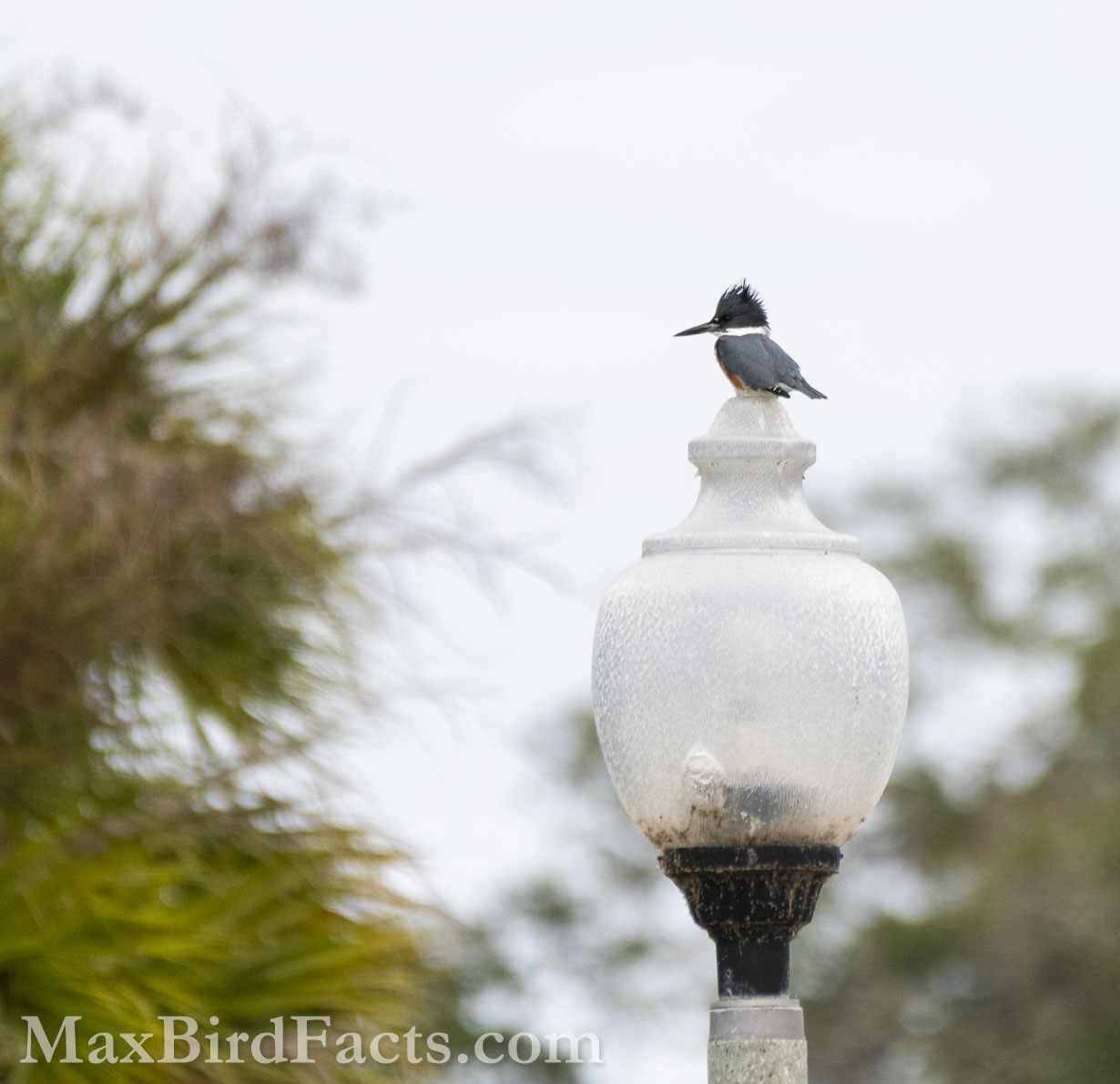
She stayed perched for some time until finally flying back to Lake Tuskawilla, screaming her rattling song all the way back.
This vocalization triggered a dialogue on the difference between a song and calls. Simply put, only a Passeriforme, or songbird, can sing while all other birds produce calls.
Still, bird songs are more complex and carry the meaning of establishing territory, attracting mates, or showing off the bird’s skill. On the other hand, calls are much shorter and more straightforward and don’t range as far in their tone or notes.
Think of it as the difference between a lengthy conversation and a short response or statement, where the intricate levels of a conversation would match a bird song, and the speedy relay of information in a quick response is a bird call.
While discussing, one of the attendees pointed out an Eastern Phoebe perched at the top of a cypress tree across the pond from us.
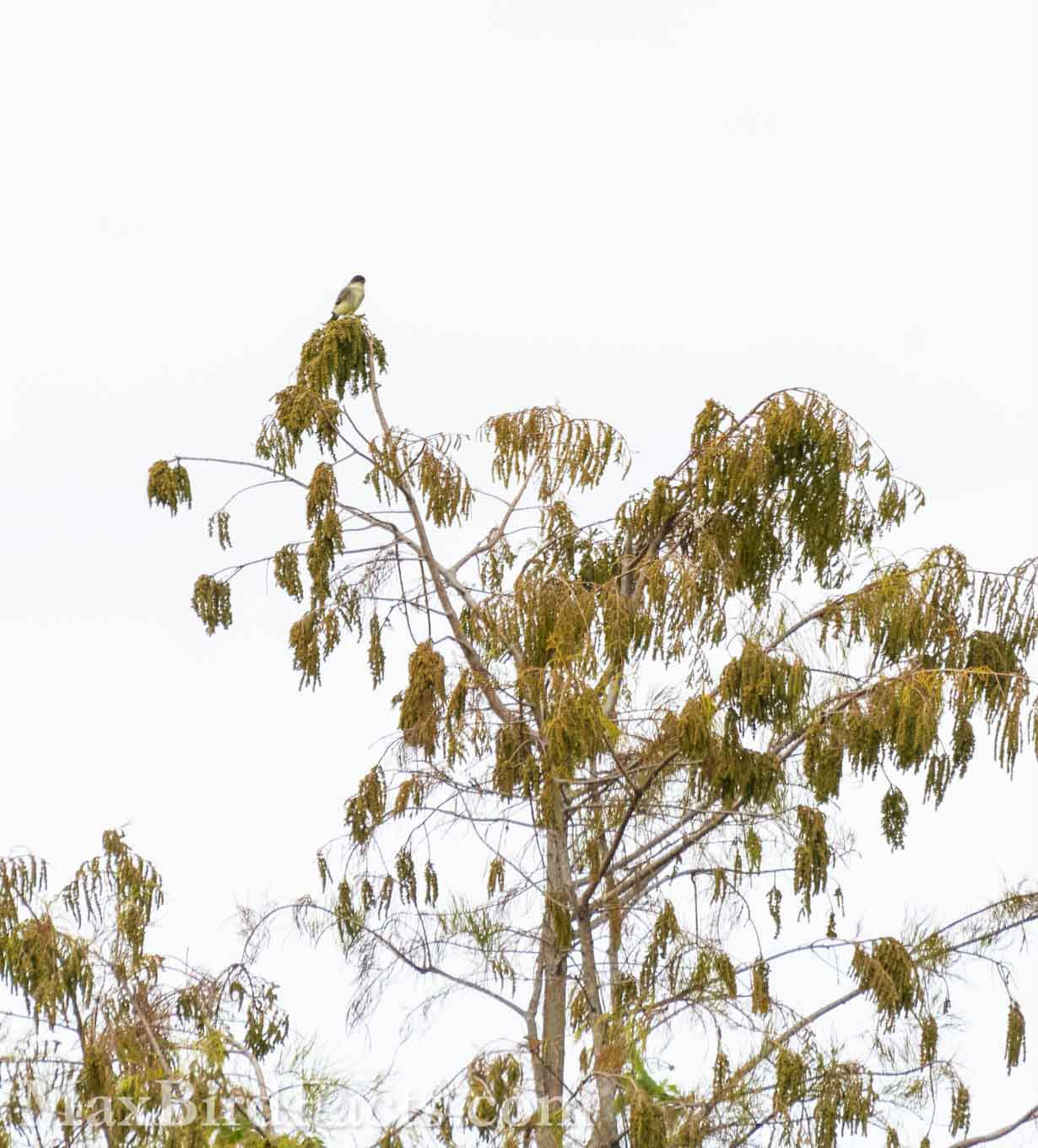
I decided to show what I had just explained and played a recording of this bird’s song, and it promptly flew across the pond, low over our heads, and into a tree behind our group.
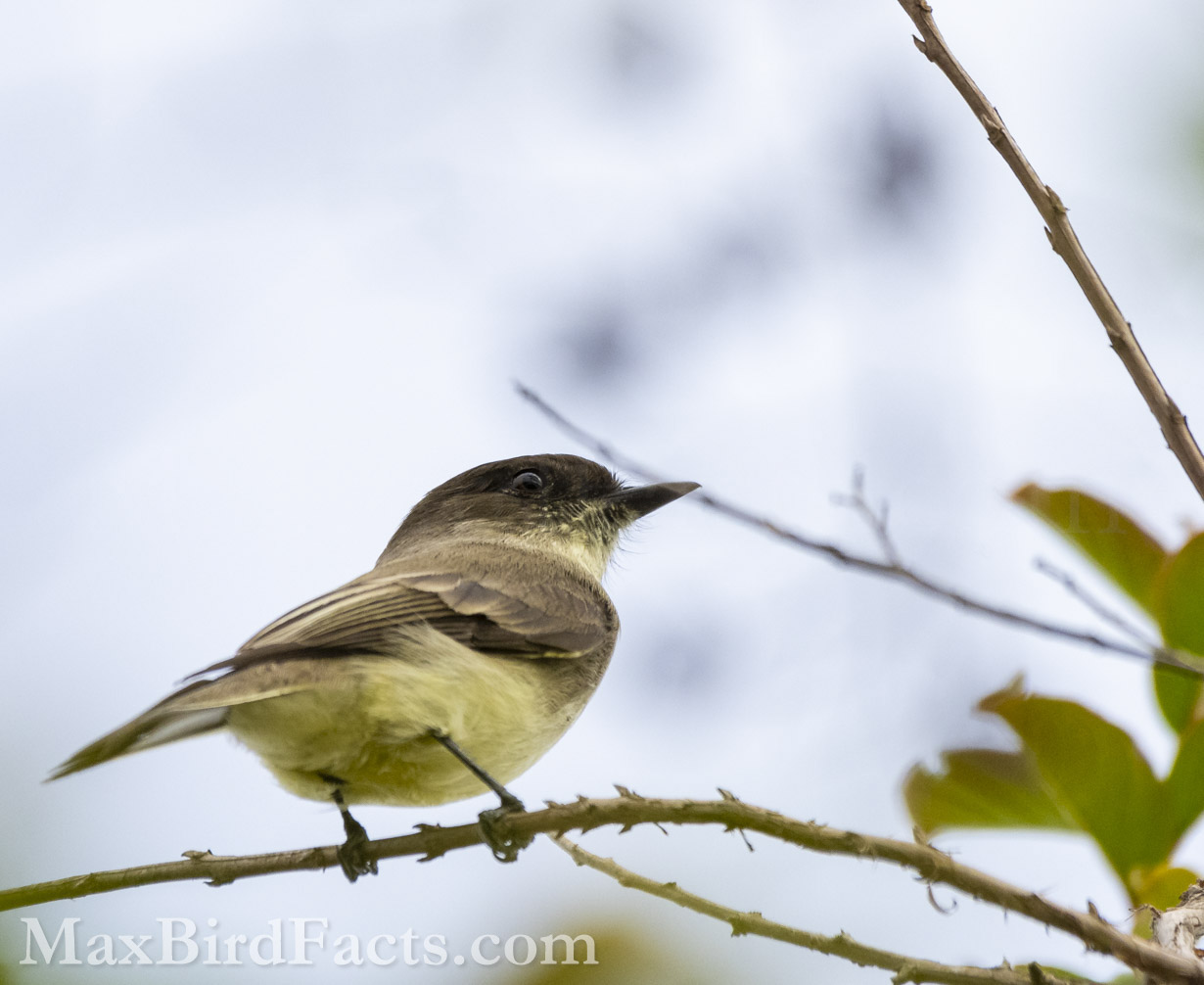
This behavior was clearly to see what we were and where the other Eastern Phoebe would be competing with it for food. So, I stated this while it chirped and pumped its tail on its perch, all while eyeing us.
A few moments later, content there was no competition among us, the Pheobe flew off to find a quick meal.
After the Phoebe departed, we started to walk back to the parking area. We lingered a little while here, discussing the day’s sightings and the Audubon meeting in two weeks until we all dissipated and enjoyed the rest of our Saturday.
Now We Know What a Birding Walk at Tuskawilla Park is Like!
While looking through the photos I had taken during the Tuskawilla Walk, I was pleasantly surprised by some of the images I had made.
Thankfully, the rare Northern Parula was sharp, and I promptly posted this for the Marion County reviewer to inspect.
We had a very successful birding trip, with many in attendance not being members of the Marion Audubon Society and some having never gone birding before.
Over the course of two hours and thirty-eight minutes, we walked just shy of a mile (0.94 miles) and saw 37 species!
I want to thank my dad, Tami, Roberta, Judy, Sallie, Stephane, Kay, Leroy, Phil, Fran, Deb, Elaine, Paula, Jesse, Moritza, Amy, and Ron for coming to this walk!
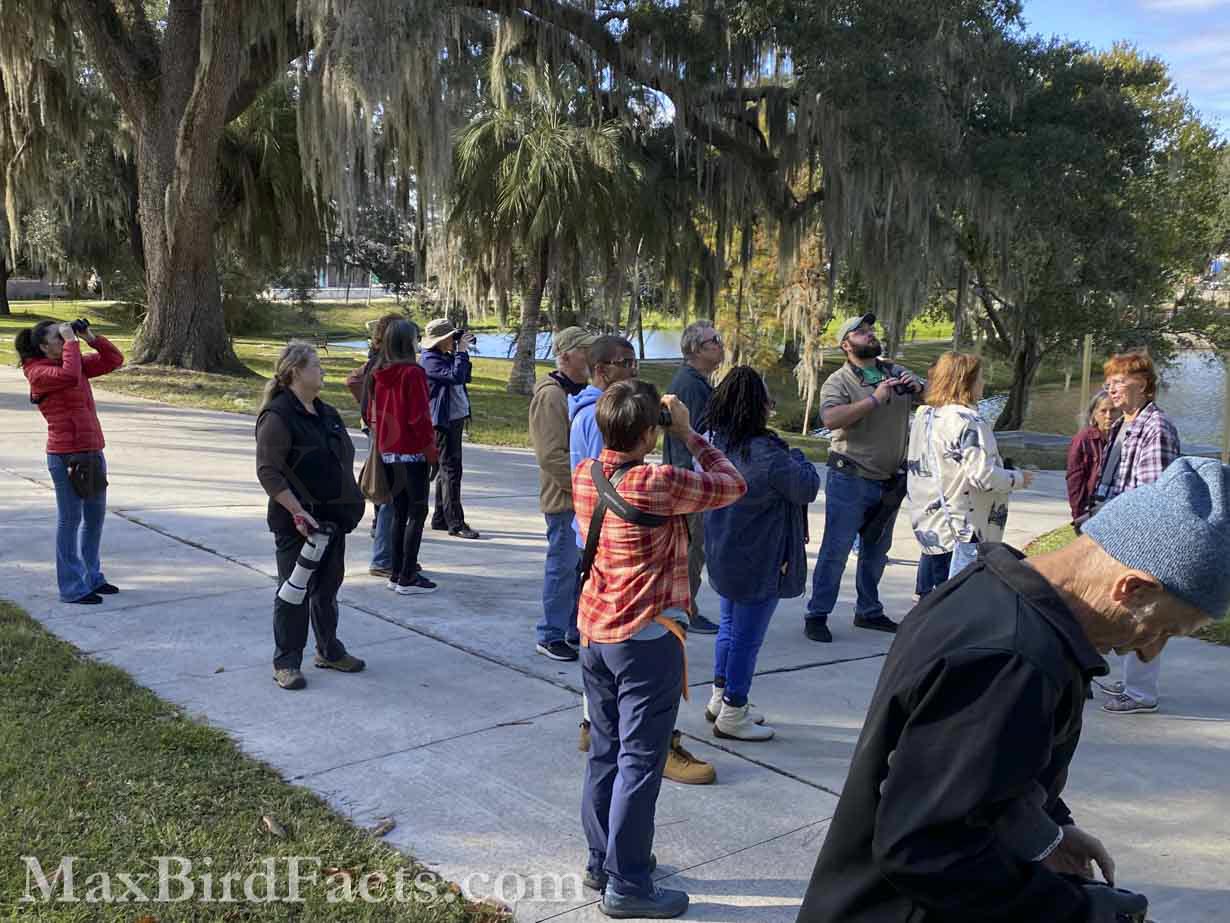
Thank you for taking the time to read this article. If you enjoyed reading about this birding walk and want more articles like this, let me know in the comments below!
If you have ideas or suggestions for topics you would like me to write about in the future, feel free to leave a comment or email me!
Don’t forget to subscribe to my email list to be the first to know when I post new articles!
Get Outside & Happy Birding
Max

